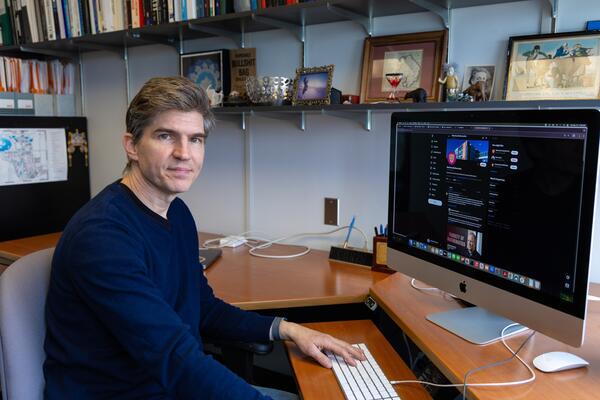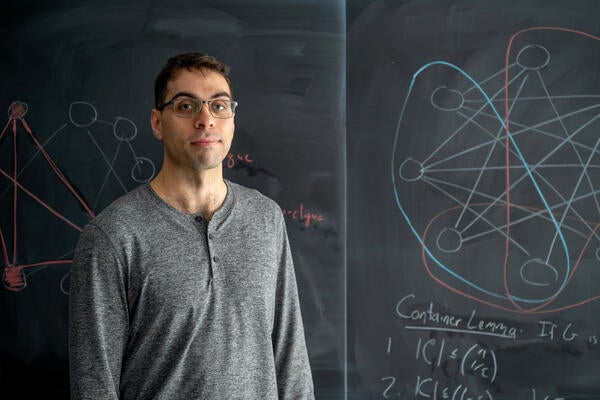
Waterloo leads university and industry consortium to advance Canada’s security and defence
A team of computer scientists at Waterloo is leading the $1.5 million multi-partner consortium.

A team of computer scientists at Waterloo is leading the $1.5 million multi-partner consortium.
By Media RelationsToday, the University of Waterloo announced a 5G and beyond mobile network technology consortium to develop secure 5G mobile networks and improve Canada’s security and defence. The group is funded by the Department of National Defence (DND) through its Innovation for Defence Excellence and Security (IDEaS) program. A team of computer scientists at Waterloo is leading the $1.5 million multi-partner consortium.
The three-year project brings together academic and industry partners from École de technologie supérieure in Montréal, University of Regina, BlackBerry, NoviFlow, and Rockport Networks, with support from Rogers Communications Canada to create new solutions to secure 5G mobile networks. This latest global wireless standard delivers reliable, high-speed data transfers with very little delay — advanced communications technology that is transforming businesses, industries, and nations.
“Our mobile communications networks can be sliced using software into fit-for-purpose networks that operate virtually, each with a different degree of isolation and level of quality-of-service to meet security and performance requirements,” said Dr. Raouf Boutaba, the project’s principal investigator and director of Waterloo’s Cheriton School of Computer Science. “However, network softwarization also introduces vulnerabilities that can compromise services, including slices. The goal of the consortium is to deploy 5G network slices that not only have high performance, flexibility and reliability but also have increased security levels required for critical applications.”
Among the technologies the consortium will develop are artificial intelligence systems to detect a range of cyberattacks on 5G network slices as they happen, then respond quickly and automatically with countermeasures to keep the network secure. Additionally, security requirements will be built into the 5G network slices themselves using end-to-end network slice orchestration that responds dynamically to an application’s security requirements and the severity of threats.
5G network slicing can be defined as a network configuration that allows multiple networks to be created on top of a common physical infrastructure.
“The solution we are developing will have many, long-lasting impacts on Canadian industry and defence,” said Dr. Noura Limam, a research professor at the Cheriton School of Computer Science and the project’s coordinator. “Applications that range as widely as healthcare, public safety, emergency response and unmanned vehicles will benefit from these secure, responsive 5G network slices, positioning Canada as a leader in 5G and beyond mobile networks. Additionally, the innovations developed in collaboration with our industry partners — Rockport Networks, NoviFlow and BlackBerry — will further Canada’s economic prosperity.”
Ultimately, the various solutions will be integrated with the consortium’s partner and collaborator technologies to create a proof-of-concept on the University of Waterloo–Rogers 5G testbed.

Read more
Here are the people and events behind some of this year’s most compelling Waterloo stories

Dr. Chris Bauch, a professor of Applied Mathematics at the University of Waterloo, is part of a team that has developed a new approach to help public health officials predict where outbreaks might occur. (Elisabetta Paiano/University of Waterloo)
Read more
New research demonstrates that vaccine skepticism on social media can predict public health crises

Read more
Waterloo researcher Cameron Seth is breaking down the world’s hardest computer science problem piece by piece
The University of Waterloo acknowledges that much of our work takes place on the traditional territory of the Neutral, Anishinaabeg, and Haudenosaunee peoples. Our main campus is situated on the Haldimand Tract, the land granted to the Six Nations that includes six miles on each side of the Grand River. Our active work toward reconciliation takes place across our campuses through research, learning, teaching, and community building, and is co-ordinated within the Office of Indigenous Relations.